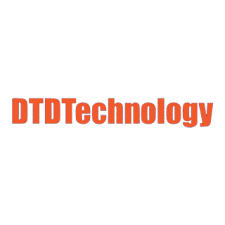In the digital age, the seamless exchange and validation of data are paramount. DTD Technology, short for Document Type Definition Technology, plays a crucial role in defining and validating the structure of XML documents. It ensures consistency, reliability, and efficiency in data communication, making it a foundational element of structured data management.
What is DTD Technology?
DTD technology is used to define the structure, elements, and attributes of an XML or HTML document. It serves as a rulebook that ensures all data within a document adheres to a specific format, enabling smooth interaction between systems and applications.
Key Features of DTD Technology
- Structure Definition: Establishes a clear blueprint for how data is organized within a document.
- Validation: Ensures that XML documents conform to the defined structure, reducing errors in data processing.
- Simplicity: Easy to create and implement, even in complex systems.
- Interoperability: Promotes compatibility between different systems by maintaining a consistent data structure.
Applications of DTD Technology
- Web Development: Defines the structure of HTML and XML documents, ensuring accurate rendering across browsers.
- Data Exchange: Facilitates the transfer of structured data between organizations, especially in industries like healthcare, finance, and logistics.
- Configuration Management: Used in software applications to manage configurations through structured XML files.
Advantages of DTD Technology
- Straightforward and easy to learn.
- Widely supported in legacy systems.
- Lightweight and efficient for small to medium-sized applications.
Limitations and Modern Alternatives
While DTD Technology is powerful, it does have limitations, such as the lack of support for data types and namespace definitions. Modern alternatives like XML Schema and JSON Schema address these issues, offering more advanced capabilities. However, DTD remains relevant in many legacy systems and simpler use cases.
The Future of DTD Technology
Despite the rise of more advanced technologies, DTD Technology continues to play a vital role in systems where simplicity and compatibility are prioritized. Its influence on modern data standards highlights its lasting significance in the field of structured data.
Conclusion
DTD Technology has stood the test of time as a cornerstone of structured data validation and management. Whether in web development, data exchange, or software configuration, its contribution to the digital landscape remains invaluable. As technology evolves, DTD’s foundational principles will continue to shape how data is structured and validated across industries.





Comments